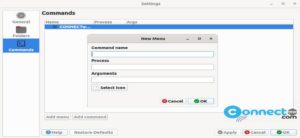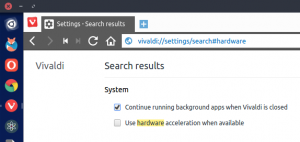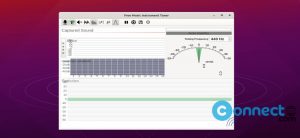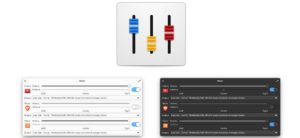Gaia Sky is a free and open source 3D astronomy visualization application for Linux, MacOS and Windows. Using Gaia sky you can explore our Solar System and cosmos. It also comes with VR (Virtual Reality) and command-line support. Some other features are elevation maps support, 6 stereoscopic modes, 360 mode, real-time usage in multi-projector systems and you can Record and play your camera paths.
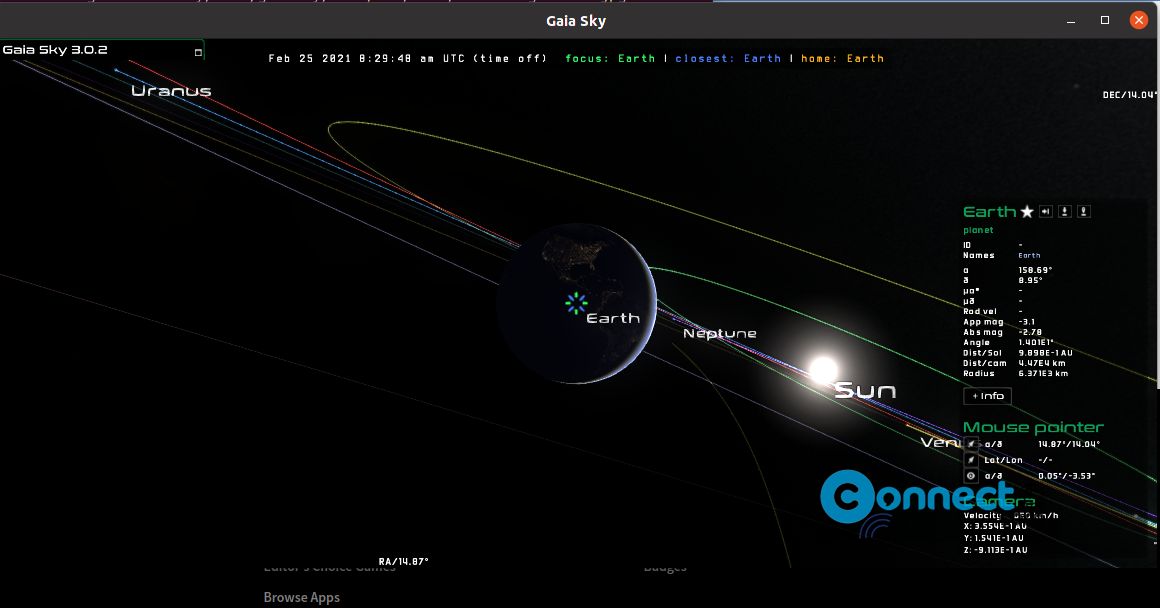
You can extend its features using plugins and scripts. It comes with pre-packed datasets. Example: Gaia eDR3, NBG, SDSS, OCDR2. You can also filter any dataset by distance, magnitude, galactic, ecliptic, equatorial coordinates and more.
Install Gaia Sky on Ubuntu
Gaia Sky is available as native deb package file and flatpak.
Install Gaia Sky via DEB:
Download the Gaia Sky in .deb file format from the above Gaia Sky download link and save it on your Downloads folder. here the downloaded file name is “gaiasky_linux_3_0_2.deb“. You can change the below commands based on your downloaded file name. Open the terminal application (ctrl+alt+t) and run below commands.
cd Downloads
sudo dpkg -i gaiasky_linux_3_0_2.deb
sudo apt install -f
Open Gaia sky and first download the pre available datasets and then run Gaia Sky.
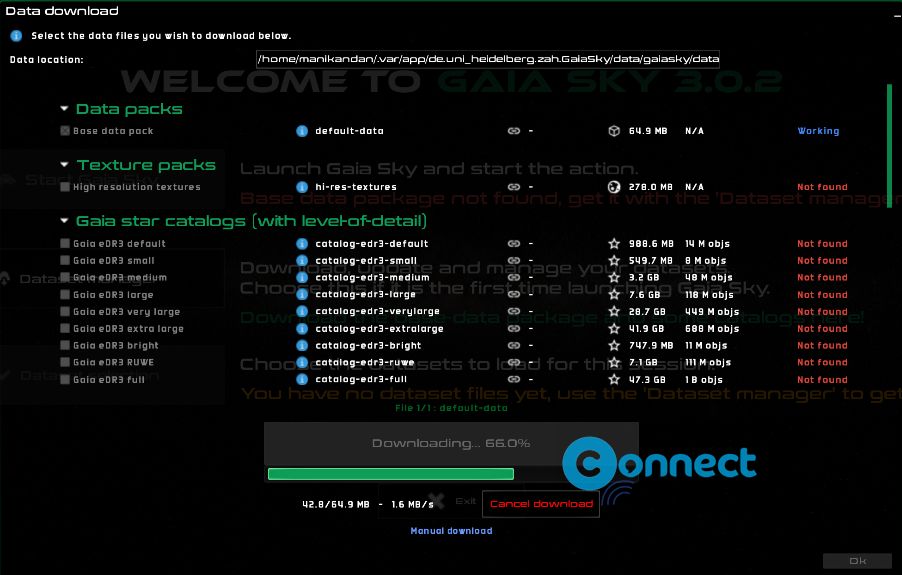
Install Gaia Sky via Flatpak:
If you don’t have flatpak, then install flatpak on your system using below link. After installation restart your system.
Open the terminal application. You can open with ctrl+alt+t or from show applications menu in Ubuntu. Then enter below flatpak Gaia Sky installation command.
flatpak install flathub de.uni_heidelberg.zah.GaiaSky
Then run Gaia Sky using this command.
flatpak run de.uni_heidelberg.zah.GaiaSky
That’s it.

